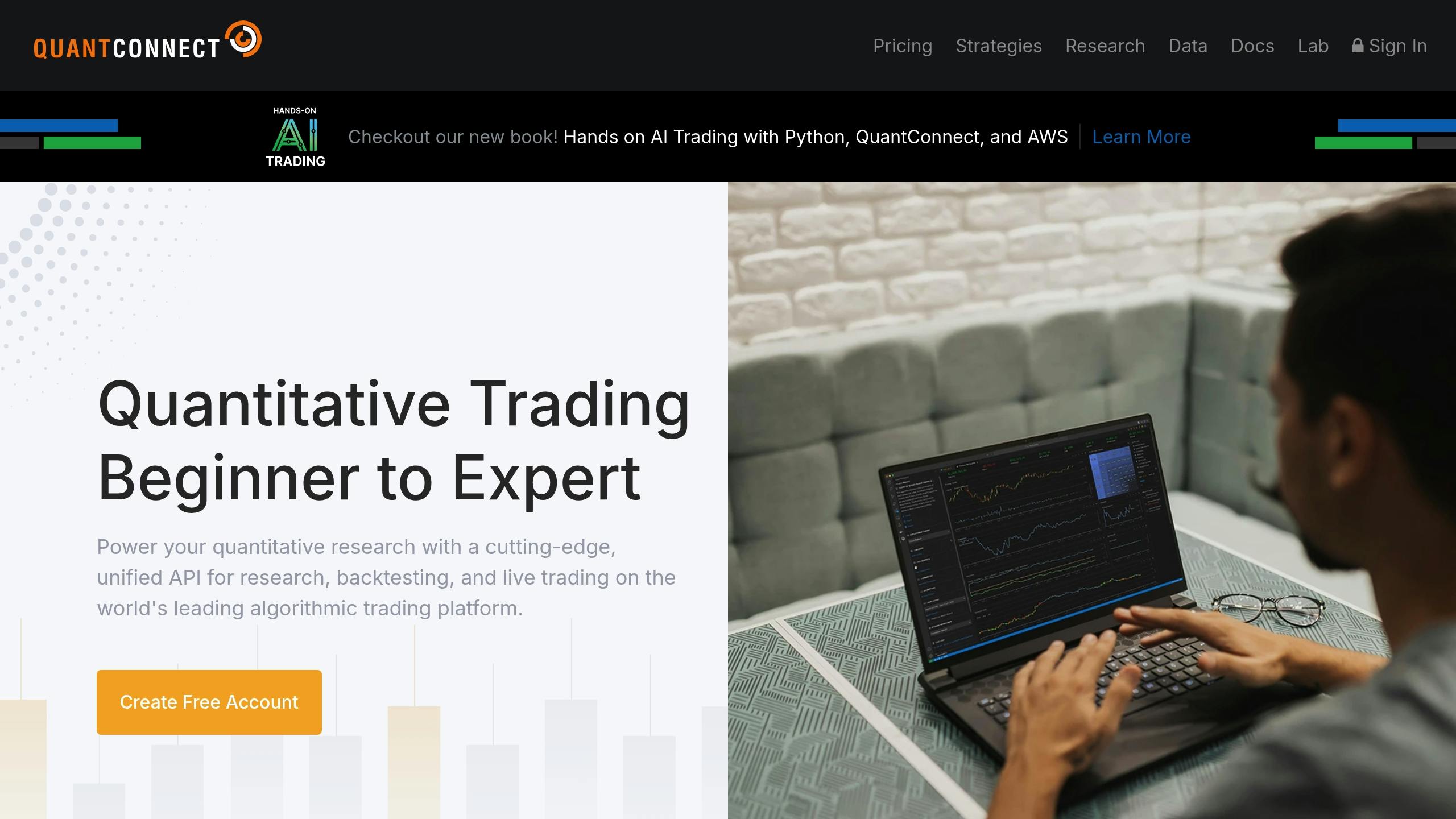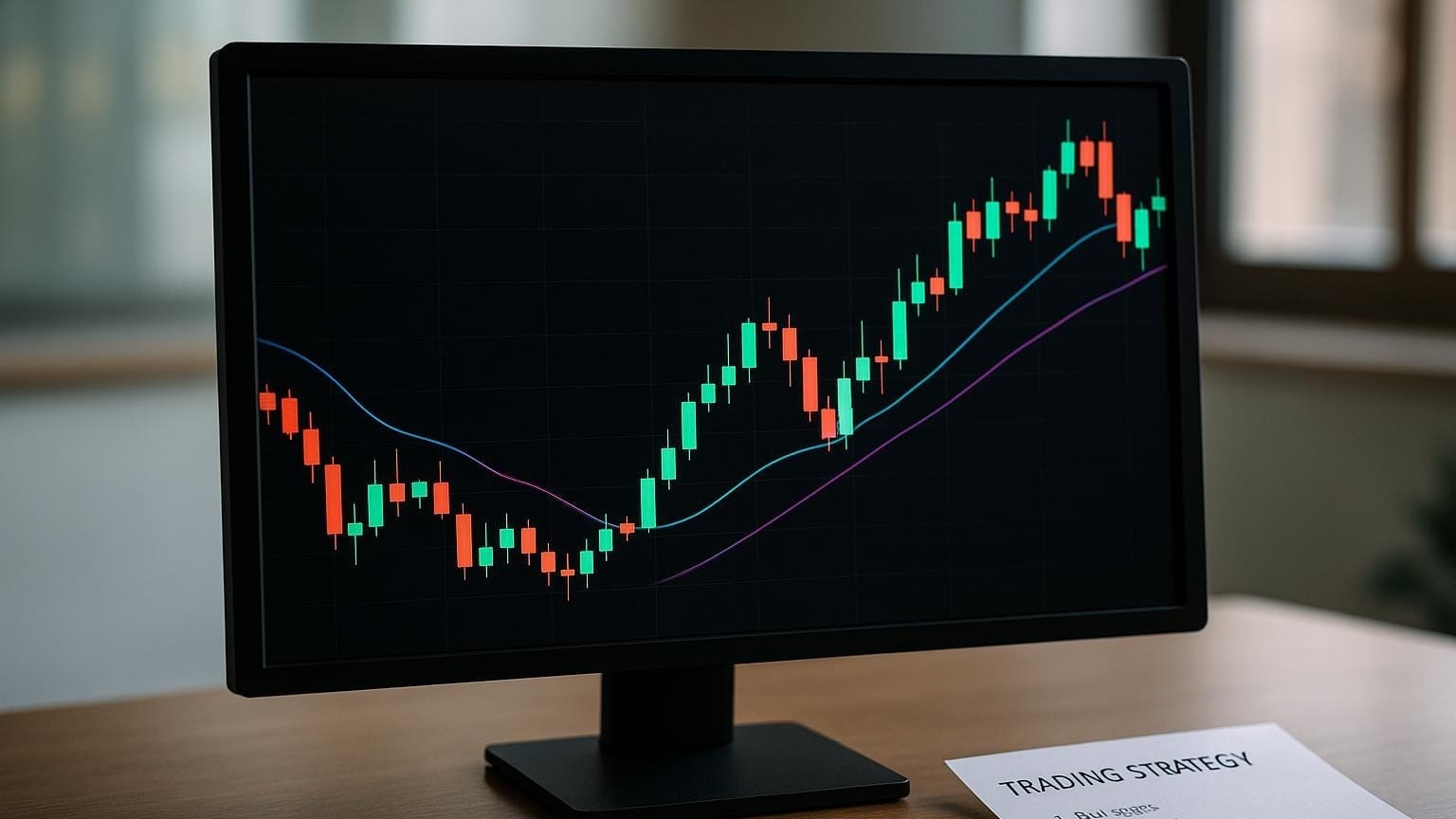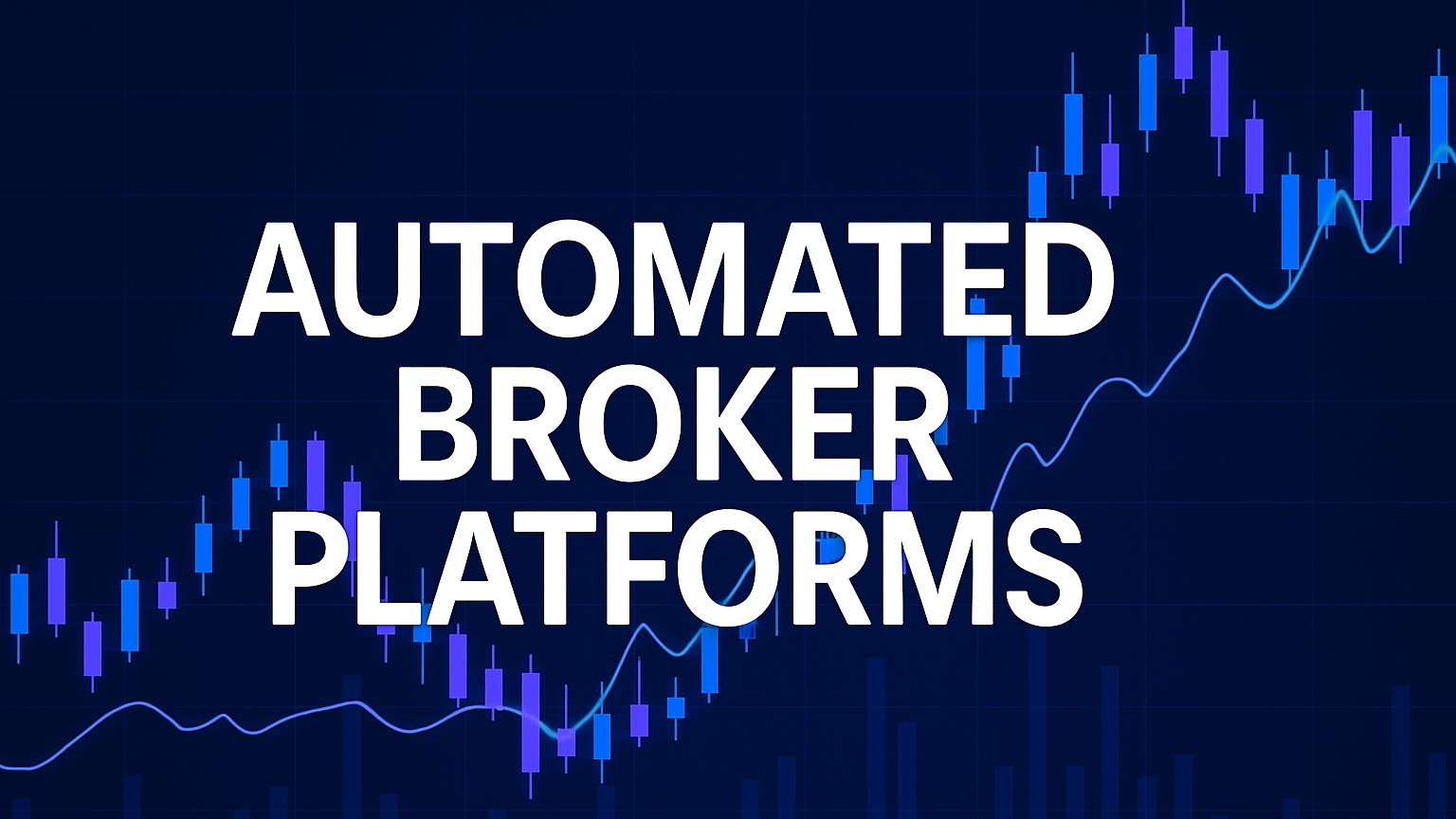Explore five essential strategies for mastering algorithmic trading, from optimizing algorithms to managing risks and leveraging market data.
Algorithmic trading, or algo trading, uses automated systems to execute trades based on data and predefined rules. It’s fast, consistent, and removes emotional decision-making. Here’s a quick summary of the five essential strategies for success:
- Fine-tune Your Algorithm: Analyze performance, refine entry/exit signals, and optimize for speed. Use LuxAlgo indicators and AI backtesting for real-time insights.
- Control Risk: Apply position sizing, stop-loss orders, diversification, and real-time monitoring to minimize losses.
- Leverage Market Data: Use price action, order flow, and market structure data to make informed decisions. LuxAlgo’s PAC toolkit can simplify this process.
- Test Strategies: Backtest with high-quality data and avoid mistakes such as ignoring transaction costs. AI tools can streamline testing.
- Track and Update: Monitor performance metrics like win rate and drawdown, then adjust strategies to stay effective in changing markets.
Quick Comparison of Algo vs. Manual Trading
| Aspect | Algorithmic Trading | Manual Trading |
|---|---|---|
| Speed | Milliseconds | Seconds to minutes |
| Decision Making | Data-driven | Emotion-influenced |
| Error Rate | Low | Higher |
| Consistency | High | Variable |
QuantConnect Full Tutorial – Complete AlgoTrading Engine Guide

1. Fine-tune Your Trading Algorithm
Improving your trading algorithm involves a structured approach that makes execution more efficient and reliable.
Steps to Improve Your Algorithm
- Baseline Assessment: Analyze current performance across different timeframes to set benchmarks and locate weaknesses.
- Signal Refinement: Apply advanced technical analysis to sharpen entry and exit signals.
- Speed Optimization: Streamline code and reduce latency for faster fills.
Platforms That Can Help
LuxAlgo offers several advanced resources:
| Product | Function | Benefit |
|---|---|---|
| AI Backtesting Assistant | Tests strategies across timeframes | Optimizes in real time under varying market conditions |
| Price Action Concepts | Detects patterns and market structures automatically | Simplifies price action analysis |
| Oscillator Matrix | Identifies divergences and trend signals in real time | Delivers actionable market insights |
"LuxAlgo exactly allows me to see the market faster and confirm entries / exits and it's amazing! The technical support and especially the Discord channel are amazing. The creators are very helpful. In the first week I earned 25% on my capital." – Çağrı Güler
2. Control Trading Risk
Even the most advanced algorithms can fail without proper safeguards.
Risk Control Methods
| Risk Control Method | How It Works | Why It Matters |
|---|---|---|
| Position Sizing | Allocate based on percentages | Caps potential loss per trade |
| Stop-Loss Orders | Set automatic exit points | Prevents excessive drawdowns |
| Portfolio Diversification | Spread exposure across assets | Reduces unsystematic risk |
| Real-time Monitoring | Immediate alerting | Allows swift reaction to market shifts |
Risk-Reward Settings
A common starting point is a 1:3 risk-reward ratio. Adjust it based on volatility, strategy performance, and overall exposure.
3. Use Market Data Effectively
The right data sharpens your edge and elevates algorithm performance.
Market Data Types
| Data Type | Description | Application |
|---|---|---|
| Price Action | Tracks historical price movements | Identifies trends and reversals |
| Order Flow | Shows real-time buy/sell orders and volume | Reveals liquidity pockets |
| Market Structure | Highlights support/resistance levels | Guides entries and exits |
| Money Flow | Monitors capital movement between assets | Provides insight into institutional activity |
The LuxAlgo PAC toolkit automatically identifies patterns and analyzes market structure, streamlining decision-making.
Data Analysis Software
- Advanced Indicator Systems: Multi-timeframe analysis, pattern detection, and real-time structure mapping.
- Real-time Screeners: Scan multiple assets and set up custom alerts.
- AI-Powered Analysis: Automates divergence detection and money-flow tracking while refining strategies.
4. Test Trading Strategies
Thorough testing uncovers weaknesses, validates assumptions, and sets realistic expectations.
Steps for Strategy Testing
- Data Selection: Use high-quality historical data that covers bull, bear, and sideways markets.
- Performance Analysis: Track annualized return, win-loss ratio, exposure to volatility, and max drawdown.
- Market Context: Factor in black-swan events to stress-test resilience.
Common Testing Mistakes and How to Avoid Them
| Mistake | Impact | How to Avoid |
|---|---|---|
| Poor-quality data | Misleading results | Use verified data sources |
| Ignoring transaction costs | Overstated profitability | Include realistic slippage and fees |
| Overoptimization | Fails in live trading | Keep rules simple and adaptable |
| Short test periods | Misses long-term insights | Cover diverse market cycles |
AI-Powered Testing Tools
LuxAlgo’s AI Backtesting Assistant supports 5-minute, 15-minute, and 1-hour charts, integrating live data for continuous improvement.
| Model | Best Use Case |
|---|---|
| Gemini 2.0 Flash | Standard strategy testing |
| Gemini 2.0 Flash Lite | Quick preliminary scans |
| Deepseek V3 | In-depth analytics |
5. Track and Update Strategies
Constant monitoring keeps strategies relevant as markets evolve.
Performance Metrics
| Metric | What It Shows |
|---|---|
| Win Rate | Trade success frequency |
| Maximum Drawdown | Largest equity drop |
| Sharpe Ratio | Return-to-risk efficiency |
| Net Profit | Total earnings after costs |
| Trading Volume | Total value traded |
Adjusting to Market Conditions
| Market Condition | Suggested Adjustments |
|---|---|
| High Volatility | Tighter stop-losses, smaller positions |
| Low Liquidity | Shift from scalping to swing trading |
| Trending Markets | Apply trailing stops to lock in gains |
| Choppy Markets | Wider stops to avoid premature exits |
Learning from Other Traders
Join LuxAlgo’s Discord community for strategy forums, real-time stats, and AI backtesting insights.
Conclusion
Key Takeaways
| Strategy | Impact |
|---|---|
| Algorithm Fine-tuning | Improves execution timing |
| Risk Management | Protects capital |
| Market Data Analysis | Enables data-driven decisions |
| Strategy Testing | Validates viability before going live |
| Performance Monitoring | Drives continuous improvement |
What to Do Next
Implement one strategy at a time and validate it with LuxAlgo’s AI backtesting. Engage with experienced traders in the Discord community for additional guidance.








